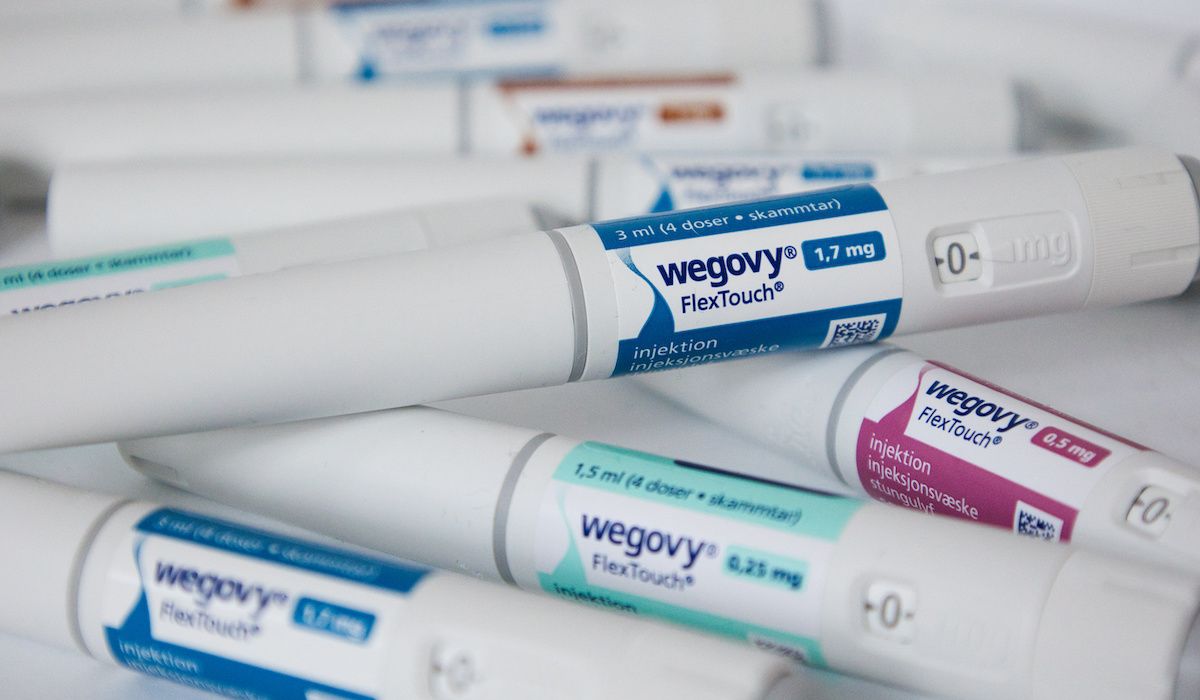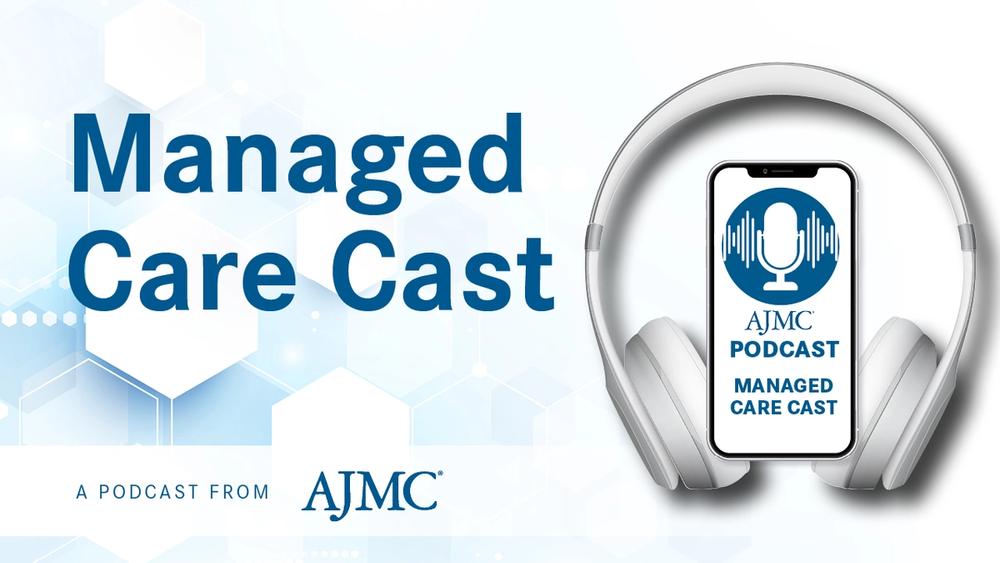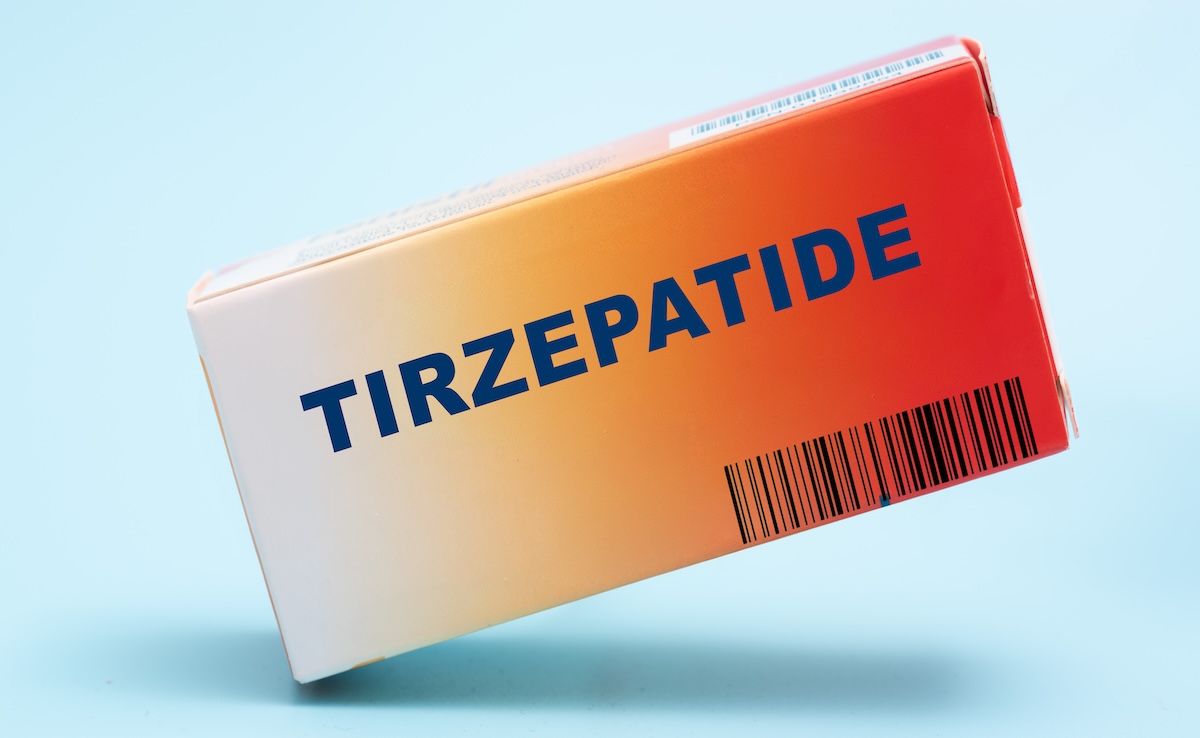News
Article
Can Medicare Sustain Widespread Access to GLP-1 Therapies?
Author(s):
Key Takeaways
- Expanding Medicare coverage for GLP-1RAs could significantly increase spending, despite potential savings from reduced obesity-related comorbidities.
- A microsimulation model projected a net Medicare spending of $47.7 billion over 10 years, considering a 10% uptake rate and declining adherence.
Expanding Medicare coverage for glucagon-like peptide 1 (GLP-1) receptor agonists could significantly reduce obesity-related health issues, but it also risks adding tens of billions in new costs, highlighting the need for smart policy strategies to ensure access, affordability, and long-term sustainability.
Although greater coverage for glucagon-like peptide-1 receptor agonists (GLP-1 RAs) under Medicare would reduce obesity-related comorbidities, it would greatly increase Medicare spending over 10 years, according to new data published in JAMA Health Forum.1
Obesity was officially recognized as a disease by the American Medical Association in 2013, and since then, several GLP-1 agonists have been developed to help patients manage the condition. | Image credit: Patrick Bay Damsted - stock.adobe.com

This study was conducted to address the evolving understanding of obesity and the significant clinical potential of new antiobesity medications (AOMs), particularly GLP-1 RAs. Since obesity was recognized as a disease by the American Medical Association in 2013, effective treatments like GLP-1 RAs have emerged, offering benefits such as substantial weight loss and improvements in comorbidities, including diabetes and cardiovascular disease.1,2
Despite these benefits, Medicare coverage remains limited due to a 2003 provision excluding drugs labeled for weight loss.1 As legislative and policy efforts seek to expand AOM coverage under Medicare and Medicaid, concerns about high drug costs, low long-term adherence, and uncertain economic impact persist.
“To ensure that AOMs remain accessible and affordable without compromising patient outcomes, a range of comprehensive policy levers are needed, such as enhancing access to underserved populations, careful assessment of long-term clinical benefits, reducing low-value care, alternative weight maintenance programs, and encouraging further price reductions through increased competition and Medicare’s price negotiation program. Such consorted efforts are crucial to making obesity treatment equitable and sustainable for all Medicare beneficiaries clinically eligible for their use,” the authors recommended.
To address these issues, this study used a detailed microsimulation model with nationally representative data to better estimate the clinical and economic outcomes of broader AOM coverage. The model considered key uncertainties around treatment uptake, adherence, costs, and potential health care savings, providing policy makers with more accurate projections.
Researchers used a validated microsimulation model to project the 10-year fiscal impact of Medicare Part D coverage for GLP-1 RAs (semaglutide and tirzepatide) as obesity treatments. The model incorporated key factors such as the eligible population—based on National Health and Nutrition Examination Survey data—treatment uptake and adherence, clinical effectiveness, and drug costs. It included 30 million representative Medicare beneficiaries without diabetes or cardiovascular disease and projected health and economic outcomes based on individual risk profiles.
A 10% one-time uptake rate and declining adherence after the first year were assumed. Clinical benefits were modeled based on trial data, and cost offsets were estimated from reduced incidence of obesity-related diseases. Drug prices included current discounts and modeled further reductions from expected Medicare price negotiations under the Inflation Reduction Act. Extensive sensitivity analyses tested variations in uptake, adherence, and pricing. All costs were adjusted to 2024 US$.
Researchers analyzed a sample of 30 million individuals, including 15.6 million current Medicare beneficiaries and 14.4 million people expected to become eligible over the next 10 years due to turning 65 and meeting obesity treatment criteria. The average age was 64.5 years, 54.1% were female, and the mean body mass index was 33.1. Prediabetes was the most prevalent comorbidity (81.7%), followed by hypertension (75.5%) and hyperlipidemia (67.5%).
In the base-case 10-year analysis, assuming a 10% one-time uptake of GLP-1 RAs, Medicare’s drug spending was projected at $65.9 billion. After accounting for $18.2 billion in potential savings from reduced obesity-related comorbidities, the net Medicare spending would be approximately $47.7 billion.
A sensitivity analysis evaluated outcomes under different uptake rates (5%, 10%, 20%), price discounts (10%, 20%, 30%), and adherence levels (20%, 40%, 60%). Medication costs rose with higher uptake and adherence, but additional discounts helped reduce the financial impact. For instance, at a 5% uptake, costs ranged from $17.9 billion (30% discount, 20% adherence) to $43.1 billion (10% discount, 60% adherence). At 20% uptake, costs ranged from $72.9 billion to $171.1 billion under the same respective scenarios.
Health care savings increased with better adherence, reaching up to $39.5 billion at 20% uptake and 60% adherence. However, even with increased savings, net spending remained substantial, ranging from $8.0 billion to $131.6 billion across different scenarios.
Long-term projections over 20 and 30 years showed steadily rising medication costs—$148.2 billion by 2045 and $266.5 billion by 2055. Corresponding obesity-related health care savings were estimated at $44.6 billion and $89.3 billion, respectively. However, net spending continued to climb, reaching $103.6 billion in 2045 and $177.3 billion in 2055. Overall, while long-term health care savings from GLP-1 RA use are significant, they are consistently outweighed by the increasing medication costs, resulting in growing net spending over time.
The authors warned about the unintended consequences of integrating GLP-1 RAs into Medicare. It may require shifting funds from other valuable treatments, potentially reducing care quality and access. Additionally, drugmakers might raise initial prices to counter future Medicare price negotiations, increasing overall healthcare costs and financial strain on the program.
“To help manage the added costs of GLP-1 RAs, the Medicare program could prioritize reducing low-value care, such as spending on US Preventive Services Task Force D-recommended services, and explore alternative weight-maintenance strategies like reduced dosing, behavioral therapy, lower-cost medications, or nutrition-focused interventions after achieving maximum weight loss,” the authors suggested.
References
1. Hwang JH, Laiteerapong N, Huang ES, Mozaffarian D, Fendrick AM, Kim DD. Fiscal impact of expanded Medicare coverage for GLP-1 receptor agonists to treat obesity. JAMA Health Forum. 2025;6(4):e250905. doi:10.1001/jamahealthforum.2025.0905
2. Recognition of obesity as a disease H-440.842. American Medical Association. Accessed April 24, 2025. https://policysearch.ama-assn.org/policyfinder/detail/obesity?uri=%2FAMADoc%2FHOD.xml-0-3858.xml




